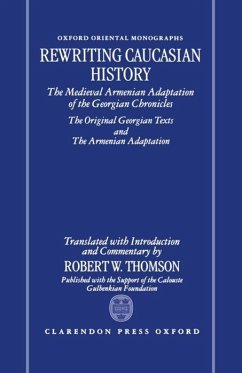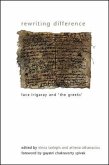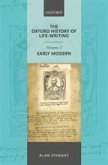After the invention of a national script c. AD 400, Armenians rapidly developed their own literary forms, drawing on foreign texts as well as their own traditions. Historical writing is the most original genre in classical and medieval Armenian literature. The collection known as the Georgian Chronicles ('Life of Georgia' in Georgian) was finally codified in the eighteenth century. It includes the most famous of the chronicles, though these form only a small part of Georgian historical writing. The thirteenth-century Armenian version is in fact the earliest attestation of this growing corpus of texts, pre-dating all extant Georgian manuscripts of it. This book presents the two texts, Georgian and Armenian, in English translation for the first time. The Introduction and Commentary draw attention to the ways in which the unknown Armenian translator changed his original material in a pro-Armenian fashion. His rendering became the standard source for early Georgian history used by later Armenian historians. The book includes a useful overview of the background to the chronicles, the history and culture of christian Georgia and Armenia, and their respective literatures.








